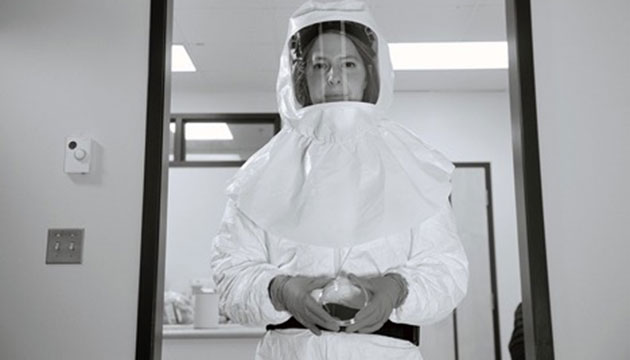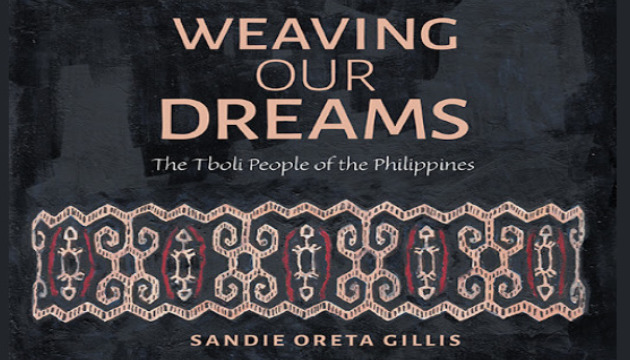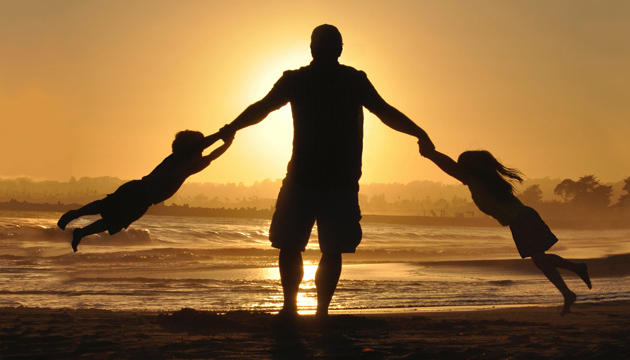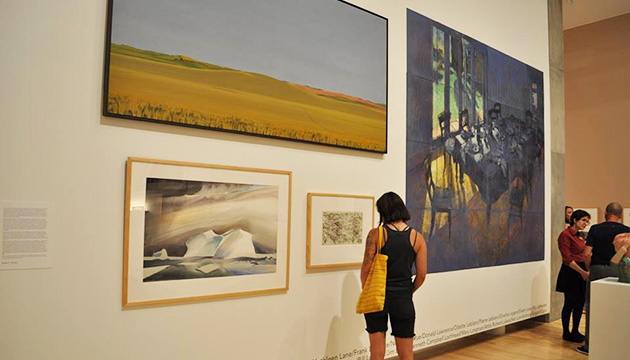(This is Part 8 of Dr. Pagtakhan’s column, Medisina at Politika, on Covid-19.)
May 14, 2020 - It is abundantly clear SARSCoV-2 (acronym for severe acute respiratory syndrome coronavirus-2) – the putative virus causing the new disease named Covid-19 – has gained a catastrophic foothold in 188 countries of the world, Canada included. In the five months since this virus was first identified in December 2019 as the causative agent of the 11 unexplained cases of pneumonia with contacts to the Wuhan live animal wet market in China, it has infected over four million citizens worldwide (4,405,688 patients); confined hundreds of thousands to their sick beds at homes, in senior living care centers, and in hospitals; and sent more than 300-thousands of them to their untimely death (300,074 deceased). USA, which shares the world’s longest land border with its northern neighbor Canada, has become the epicenter with 1,400,500 cases and 84,985 deaths. In Canada, the cumulative total stands at 73,653 cases, of whom 5,434 lost their lives – a case-fatality rate of 7.38%. This is global life in the midst of a virulent virus.
New and Alarming Signs and Symptoms
The virulence of this virus is reflected not only from the velocity of its spread and the magnitude of the resulting human toll, but also on the nature and extent of damage to the human body. Since my first report in January 2020 which listed cough, fever, and dyspnea as the dominant symptoms to watch for, new and alarming symptoms and signs have been reported during the intervening months. Reporters A. Yaeger and C. Jarvis for The Scientist magazine highlighted them recently: persistent pain or pressure in the chest, bluish lips or face, and stabbing headache; repeated shaking with chills, muscle pain and state of exhaustion; loss of taste or smell and seizures; anorexia, nausea, and vomiting; disorientation, inability to arouse or stay awake, delirium and falls; red or purple rash resembling frostbite (“COVID toes”); exceedingly low blood oxygen levels without the accompanying breathlessness (silent hypoxia) ; and signs and symptoms of severe stroke (numbness, weakness of extremities, sudden difficulty with words and speech). CTVNews just issued two separate reports on a “possible link between COVID-19 and a deadly illness in children.” Doctors have referred to the condition as multi-system inflammatory syndrome – a cluster of symptoms characterized by rashes, fever, bloodshot eyes, vomiting, diarrhea and swelling in the hands and feet. Affected children with this syndrome had been observed in Montreal, New York and the United Kingdom. A few of the pediatric patients were admitted to the intensive care units.
Ostensibly, SARSCoV-2 could inflict damage, directly or indirectly, almost anywhere in the human body from head to toes with very serious consequences. Understanding these unusual symptoms, which reflect multi-organ involvement including the central nervous system, provides new insights to front line workers and carry potential implications for patient care. The difficulty in breathing that we normally attribute to lung damage might actually be defects in the control of breathing by the nervous system. The presence of neurological symptoms – loss of taste or smell – could alert the attending doctor into who might go sooner into acute respiratory failure and, thereby, and help in triaging of patients.
Also, awareness of these unusual symptoms could prevent delay in seeking timely testing for COVID infection and timely medical visit for appropriate medical treatment. One patient who had a stroke delayed calling for an ambulance for fear of COVID infection in the hospital.
Unless a Drug or Vaccine is Found
Reality tells us we live in a “new normal” – in the midst of a virulent virus. As Canada continues to gradually lift emergency restrictions in the weeks and months ahead to reopen the country’s economy and social life, it has become increasingly clear this crippling pandemic will not end before the end of this year, nor even before next, unless effective and safe vaccine(s) or a prophylactic drug is found. “A vaccine that is shown to give immunity is the only practical way of preventing the virus from continuing to cause widespread serious and often fatal illness and economic destruction,” wrote Professors Stanley Plotkin and Arthur Caplan of the Department of Pediatrics at the University of Pennsylvania, USA.
To date, only one drug – remdesivir – has been shown to hasten recovery, not cure, by a few days among the severely ill patients. Even this modest success would help ease the demand on intensive care units. The controlled clinical trial with the drug continues in a modified way to make it now part of the “new standard of care” for COVID patients in hospital settings. Results of the trial when fully completed would give us the full picture if its therapeutic status.
How Do Vaccines Work and Get Introduced to the Public
Our body’s immune system is built ready to find and destroy invading pathogens or germs. But it is not uniformly successful because the pathogen – SARSCoV-2 in our present case – can quickly replicate upon entry and start to cause damage and create illness before our immune defense system realizes its presence. If the consequential illness is mild, the patient recovers with the tardily-produced antibodies which now confer protection against a subsequent invasion by the same pathogen. This constitutes acquired immunity by natural infection. This is valid on the assumption that the person infected, with or without becoming symptomatic, develops those antibodies.
The second way to acquire immunity is through vaccination. Vaccines teach our immune system to be battle-ready, that is, to very promptly recognize the intruder-pathogen and beat it before it can start the infectious illness. The end result with the two modes of defense is very similar, i.e., immunity against the disease caused by the pathogen – COVID-19 in our present case – except the vaccinated person does not have to endure the illness and its threat to life.
There are different types of vaccines. Essentially, all serve to introduce a germ or part of a germ into our body in a way that cannot make us ill – although it could cause some minor symptoms such as fever as our body builds immunity. Some vaccines use the entire pathogen, but in a killed or weakened state; some use only the parts of the pathogen that alert our immune system; some use a toxin made by the germ (becomes a toxoid); and some rely on the pathogen’s genetic material.
Vaccine candidates undergo extensive testing and review for safety, immunogenicity, i.e., the power of the vaccine candidate to induce an immune response, and efficacy, i.e., the potential to protect from COVID-19 in controlled clinical trials, in the research laboratory, in animals, and in three phases of clinical trials. When we receive a vaccine, the germ sends up an alert to our immune system to start producing antibodies to fight it. Once our immune system has beaten the pathogen, it knows how to quickly destroy it. When we are subsequently exposed to the real pathogen during daily living, our body recognizes the unfriendly pathogen and fights off the infection before it begins. Immunity from a vaccine can be lifelong or only for a limited number of years. Other vaccines require boosters at regular intervals.
Clinical trials – the systematic study of the vaccine candidate administered to the human subjects – are indispensable and are designed to discover or verify the effects of the vaccine and to identify any adverse reaction to the vaccination.The trials are classified into Phases I to IV. Phase IV trials are studies performed after the licensure and introduction of the vaccine. They are carried out to expand the evidence base of the vaccine characteristics. It is this testing process, not the development, that consumes the most time prior to release for general public use.
Unprecedented Times in Vaccine Science
The scientific and medical research community in several international research laboratories, private pharmaceutical companies and academic institutions, singly or in partnership with governments, Canada included, have tirelessly searched for at least one desired vaccine since the virus was identified and genetically sequenced on January 11, 2020. It should be noted that coordination and collaborative handling of such extraordinary search effort is much better now than in times past. The Coalition for Epidemic Preparedness and Innovations, a nonprofit set up to coordinate Research and Development for vaccines against emerging infectious diseases, has been in the forefront in this approach and hopes to raise the needed budget from governments, private philanthropies, industry, and the United Nations Foundation.
Toward the same goal, world leaders, including Canadian Prime Minister Justin Trudeau, held an online pledging conference to raise billions for research into vaccine and treatments. The conference hopes to raise C$11.6 billion. Canada, the European Union, Japan, Saudi Arabia and the non-EU European countries Britain and Norway are building on earlier contributions from the World Bank, the Bill and Melinda Gates Foundation and wealthy benefactors supporting the collaborative endeavor. Prime Minister Trudeau called the online marathon “truly a moment for global leadership." He pledged $850 million which will go, among others, toward development of vaccines.
Global Vaccine Development Landscape
The Nature Reviews Drug Discovery posted last month 115 COVID-19 vaccines in development which encompass a wide range of vaccine technology. About three-fourths of the vaccine candidates are being developed by private industry and one-fourth led by academic, public sector and other not-for-;profit organizations. Nearly half of the developers are in North America and the remainder is equally divided among developers in China, Europe, and Australia and Asia (excluding China). Their geographic reach accounts for three-fourths of the world’s population.
Reportedly, 14 vaccine candidates anticipate clinical testing this summer or fall. Moderna and Pfizer appear working at an unprecedented speed. Their products are both mRNA-based vaccine. Pfizer has “set an ambitious goal of having a vaccine ready for use in high-risk groups like the elderly and immunocompromised by the fall.”
When asked about his thoughts on dozens of laboratories worldwide working on a Covid-19 vaccine, Gary Kobinger – the director of the Infectious Disease Research Center at the Université Laval in Quebec City – replied: “It’s a good thing. It’s actually important to test a lot of vaccines. We don’t want to put all our eggs into one basket, only to have that one vaccine fall short in clinical trials. If we could have five vaccines that are safe and work and are potent, that would be much better. It also reduces the chances for manufacturing bottlenecks. With five vaccines, maybe we could manufacture enough for everybody on the planet.”
The theme of this update as embodied in the title begs the question: Are we prepared to live our lives, sans a vaccine, with the Covid-19 virus in our midst? Give it a thought.














